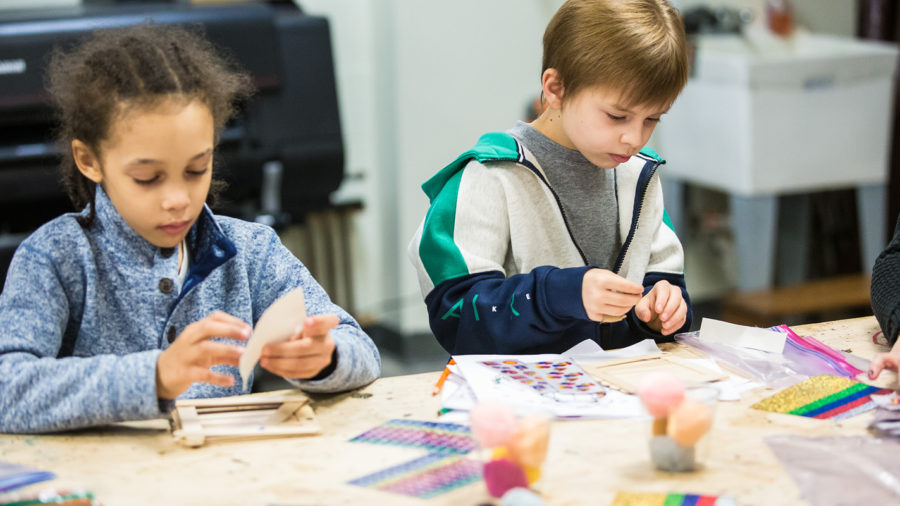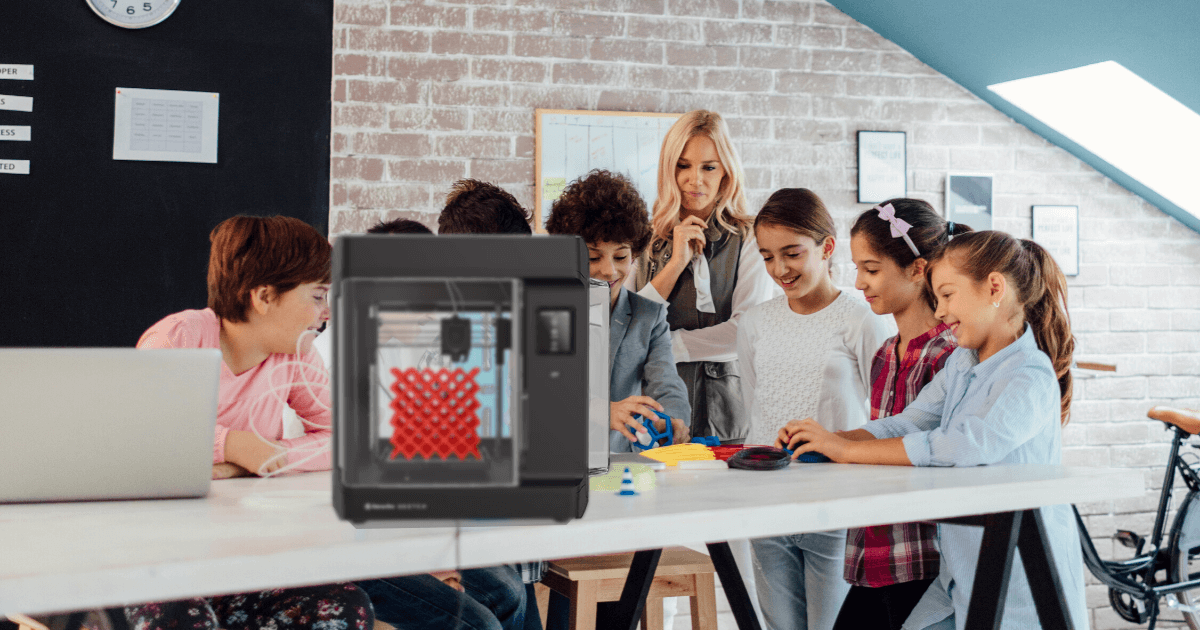MakerEd experiences can happen almost anywhere and the lessons students learn often transcend routine academics and stay with them forever. For example, the Maker Movement has influenced countless school children with unique messages and enjoyable experiences. Whether it's in early education, K-12, or higher ed, it's often school librarians who help bring these experiences to life. In this Eduporium white paper, we discuss how school librarians can leverage their library environment to create unique, active learning, what constitutes success in a library makerspace, and more. You can download it below to learn about creating hands-on learning opportunities in whatever type of space you have.
There's no one definitive definition of maker education. It may even vary from school to school or person to person. MakerEd experiences for today's students can involve many different elements and can also take place in different types of locations. Since the Maker Movement is so community-oriented, some kids may participate in design projects at a community makerspace. For other children, however, they might only be able to try MakerEd opportunities through in-school or afterschool programs. In any case, capturing the spirit of the Maker Movement provides them with the satisfaction of seeing a project through. And, taking pride from the initial design phase to final completion helps bring ingenuity and creativity into the library.

The constant changes and growing responsibilities for school librarians have certainly helped to bring the Maker Movement into education. In fact, almost 90 percent of school-based maker activities take place in the library. In the white paper, we cover the role that school librarians often play in makerspace learning, how they can embrace the effectiveness of MakerEd experiences, and how they can navigate being the first adopters to push a schoolwide maker mindset. And, although limitations in the pandemic era altered hands-on learning for a while, MakerEd tools were still valuable in the library makerspace ideas teachers were developing and remain so moving forward.
Teachers can create so many different types of makerspaces from fancy 3D printing stations to basic, no-tech locations. Plus, so many of today's most effective STEAM tools, like robotics kits and circuitry sets, embody the essence of maker learning and fit naturally in most school makerspaces. If you’re interested in boosting your MakerEd offerings or intrigued by some benefits of makerspaces in libraries, we encourage you to download the white paper or contact the Eduporium team. Follow us on Twitter and Instagram for more on STEM education and MakerEd in K-12 schools as well.



